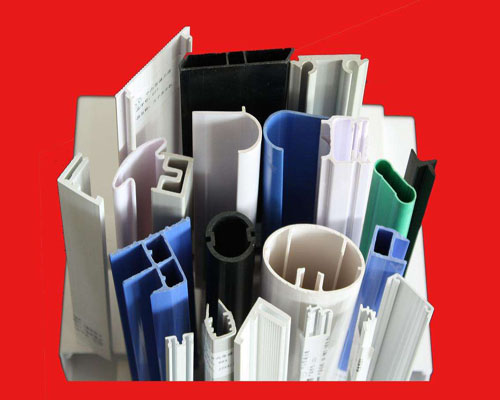
Phone Number :
08 22, 2023

Introduction: In today's technologically advanced world, cable trunking plays a crucial role in organizing and protecting cables. This article will provide a comprehensive understanding of cable trunking specification, including its importance, types, and key considerations.
Cable trunking, also known as cable management, refers to a system of enclosed conduits or channels that hold and protect cables. It is essential for several reasons:
Cable trunking comes in several types, each designed to cater to different purposes and environments. The most common ones include:
PVC (Polyvinyl Chloride) trunking is a cost-effective and widely used option. It is known for its durability, flexibility, and resistance to moisture. PVC trunking is typically used in offices, residential buildings, and commercial spaces.
Metal trunking, often made of steel or aluminum, offers superior strength and durability. It provides excellent protection to cables in industrial environments, factories, and outdoor settings. Metal trunking can withstand extreme temperatures, impacts, and chemical exposure.
Wire mesh cable trays consist of interconnected wires and offer a lightweight yet robust solution. They allow for efficient airflow and are commonly used in data centers, server rooms, and telecommunications installations.
When selecting cable trunking for a specific project, several factors should be taken into account:
Ultimately, choosing the right cable trunking specification involves considering the specific requirements of the project.
Cable trunking specification is a vital aspect of any cable management system. It ensures cables are organized, protected, and compliant with safety regulations. By understanding the importance of cable trunking, the various types available, and key considerations for specification, professionals can make informed decisions to create efficient and reliable cable infrastructures.